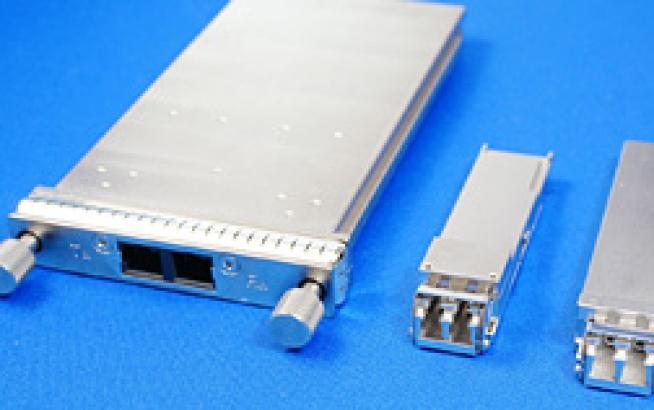
Anticipating the arrival of the world of 5G
What is 5G, and what industries will benefit from it?
The arrival of 5G is expected to provide a completely new mobile experience while reducing maintenance costs and energy consumption. But 5G may still be a foreign concept to many consumers. In a nutshell, fifth-generation cellular wireless, or 5G, refers to the 5th generation mobile network. The technology is an evolution of the 4G or 4G LTE wireless data currently used with existing smartphones or devices and is expected to deliver speeds up to 100 times faster than typical 4G technology. With 5G, virtually everyone and everything is designed to be connected. It has the potential to bring significant changes to our everyday lives. One of the most important aspects of 5G is its impact on the Internet of Things (IoT). Items such as health monitors and kitchen appliances in individual households will be easily controllable with 5G.
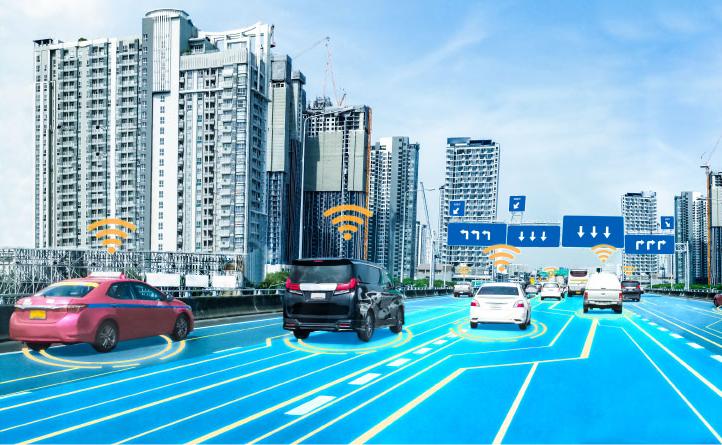

The higher transfer speeds and lower network latency of 5G networks will provide particularly significant improvements in communication. Communication will be faster, more reliable and more efficient. Dropped calls and poor connections on smartphones will no longer be issues. 5G will also be able to connect many devices ranging from phones to computers, security cameras, etc. Outside of communication, 5G is expected to bring about a widespread implementation and adoption of IoT. 5G will also revolutionize how we handle big data due to its availability, network storage capacities and computing capabilities.
In the automotive industry, 5G’s low latency can be used to provide users with additional safety information in advance, such as in the case of fast-moving emergency vehicles and pedestrians hidden from plain view. With 5G connectivity, driving is safer - reducing accidents, stress and emissions.
The healthcare industry is constantly searching for new ways technology can impact the provision of healthcare. With the emergence of 5G technologies, IT services and applications in healthcare will become more closely connected. 5G technology will help turn traditional healthcare systems into smart hospitals that can deliver remote healthcare services to patients throughout the world, which is particularly significant in the age of COVID-19. Advantages of 5G in the healthcare industry include dramatic improvements in precision surgery, remote surgery and physical therapy using AR technology.
As stated above, the spread of 5G offers many benefits to our lives, but on the other hand, there are challenges as well.
For example, it has been recognized that 5G requires more antennas than 4G. 5G uses high frequency bands so it relies on shorter wavelengths and is a property that it is difficult to penetrate obstacles such as buildings. Because there is an initial investment cost to install more communication antennas for 5G networks, so the understanding and cooperation of business operators is required.
Given these circumstances, we need to keep in mind that it can take some time to enjoy the benefits of 5G to the fullest.
The role of “optical communication” in the 5G era, and how our lives will change after its implementation.
The role of communication using fiber optics is expected to expand in the age of 5G. 5G refers to a wireless communication standard, communicating between our communication equipment and antennas throughout a city. However, communication from the antenna to base stations is conducted through optical fibers. In the 5G era, the number of antennas installed throughout cities will increase, making communication through optical fibers more common. The capability for communication that uses optic fibers to be able to transmit large capacity data without delay is very important, and will be vital in the 5G era. Over time, 5G is expected to provide businesses and consumers the potential to experience new, innovative technologies by delivering faster download speeds, responses and connectivity.
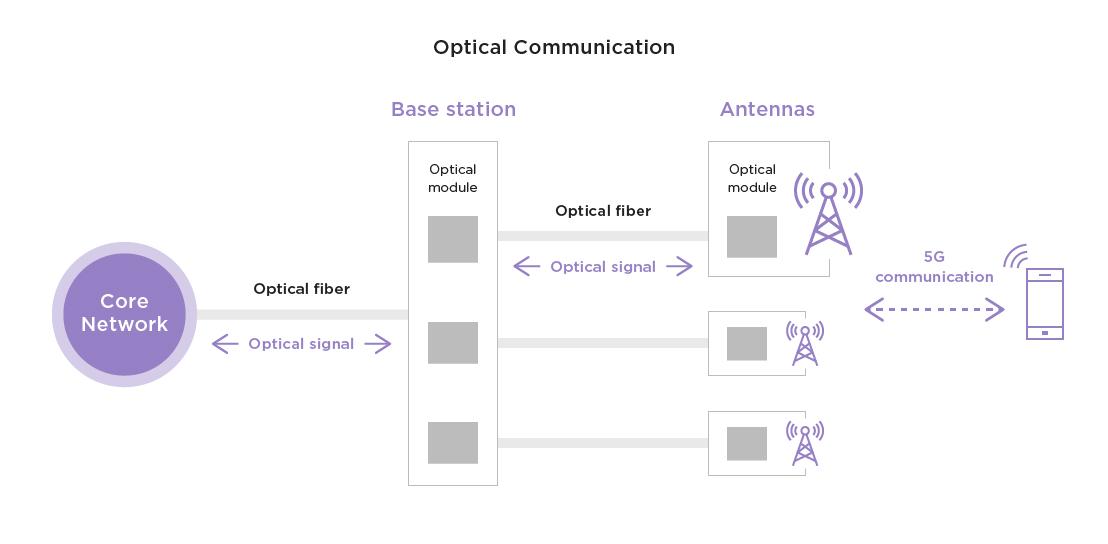
As high-speed wide-bandwidth communication becomes possible due to 5G, it will enable stress-free viewing of high-quality videos. It is expected to spread to various fields of society, including remote healthcare, control of manufacturing factories (Internet of Things) and self-driving cars.
On the other hand, communication stability will become a bigger issue with the spread of 5G communication in social infrastructure. Once a communication failure occurs, its impact will be great and may result in life-threatening situations. Therefore, demand for quality improvement from telecommunications carriers will increase further, and we predict that higher quality optical communication will also be required.
5G and the strengths of Sumitomo Electric
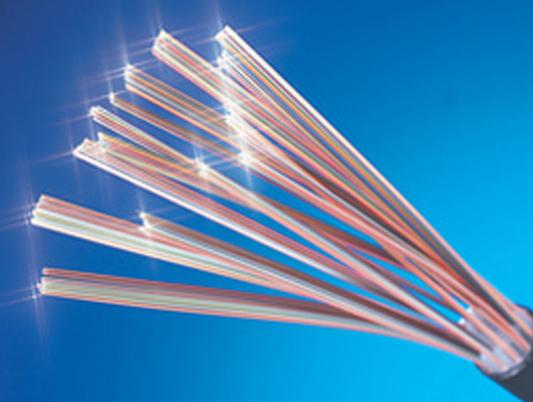
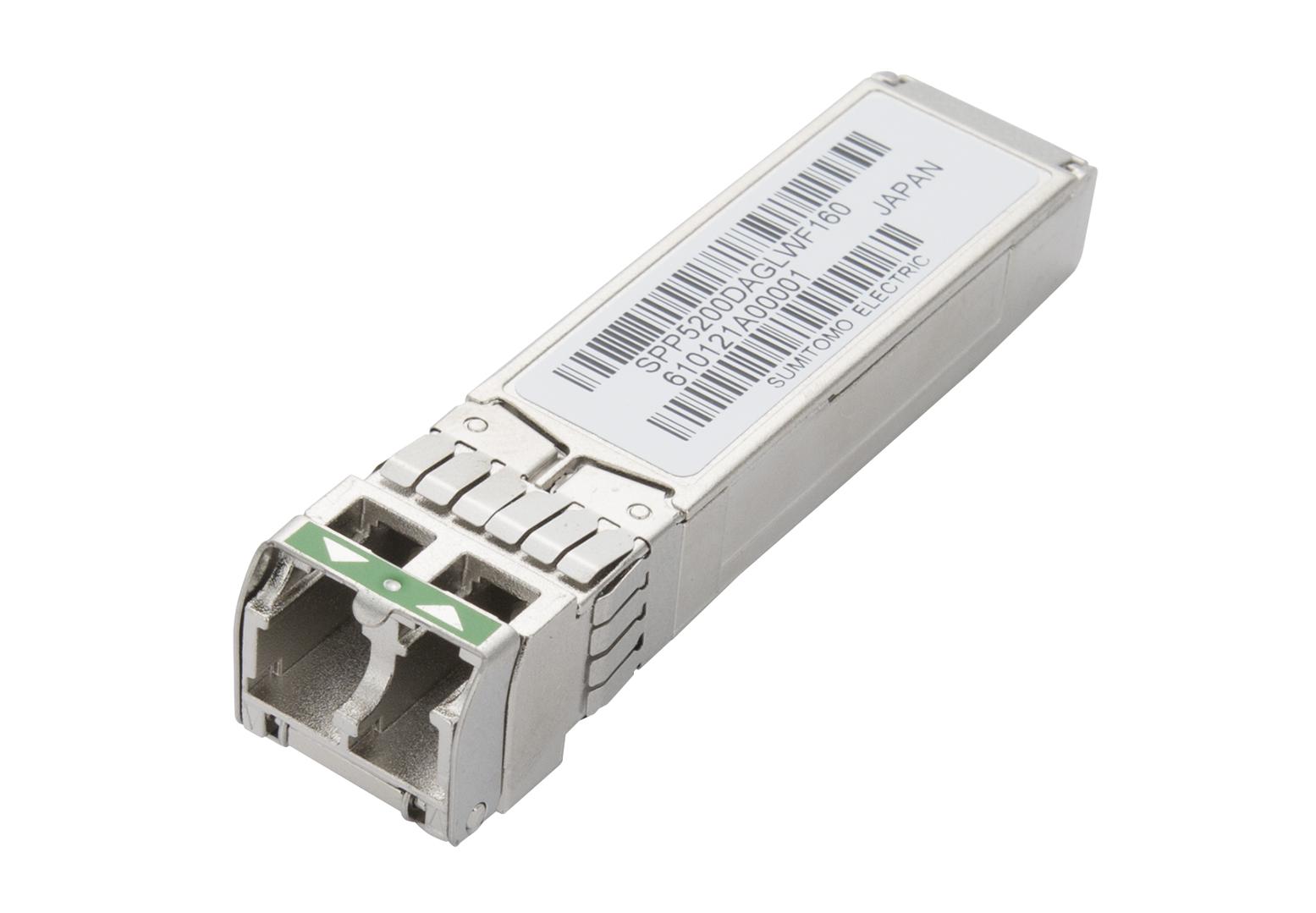
Sumitomo Electric has been developing their optical communication business since before its arrival, and 5G is currently attracting a great deal of public attention. Specifically, in anticipation of increased demand for high-speed and large-capacity communication due to the expansion and development of 5G and video services, they are developing the optical communication cable “PureAdvance-110” that can efficiently transmit signals. This cable is suitable for long-haul transmissions by a digital coherent system operating at a transmission rate of 100 Gbps or higher. With its capability of accepting high-power optical signals, the cable can extend transmission distances or reduce communication network construction costs due to the installation of fewer optical amplifiers.
With over 30 years in the optical module business, Sumitomo Electric boasts extremely high-quality optical modules and know-how. In anticipation of the 5G era of high-speed, large-capacity communication, they develop and manufacture the high speed optical module which uses maximum 48 wavelengths of light for mobile front haul network. With this, one fiber can transmit 48 times the amount of information and it can increase the utilization of scarce optical fiber in urban area. With this technology, the stability of wavelength of light becomes crucial. Unless the wavelength for WDM (Wavelength Division Multiplexing) system is properly controlled, communication problems may occur. Due to the accumulation of design technology and manufacturing technology, one of their strengths lies in wavelength controllability. In other words, thanks to years of know-how and commitment to quality, they enable stable and high-quality communication while using technology that can transmit a large amount of information.
Sumitomo Electric has long been at the forefront of optical communication technology, which supports today’s information society. They have succeeded in developing optical fibers, optical transceiver modules and optical devices. These products support communication to base stations from antennas. The light-transmitting and receiving devices support the foundation of optical communication systems. These devices include semiconductor lasers and photodiodes for optical transceiver modules and board level design, as well as wavelength-tunable lasers and optical receivers for optical coherent communication devices in the backbone systems.
With the arrival of 5G, which will provide new opportunities and innovative solutions, Sumitomo Electric will continue to aim to drive society forward.
